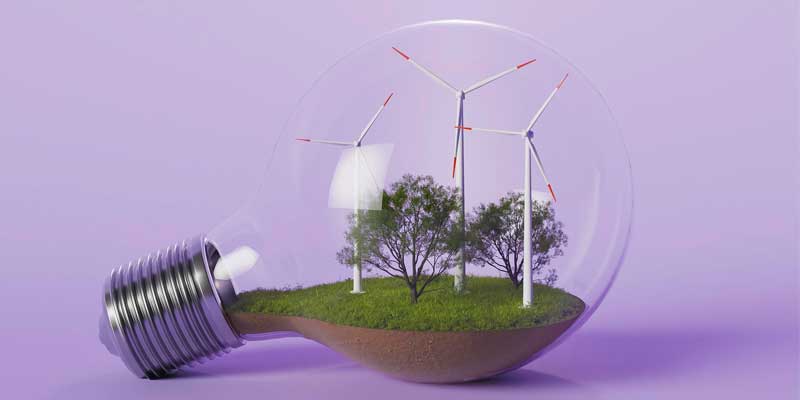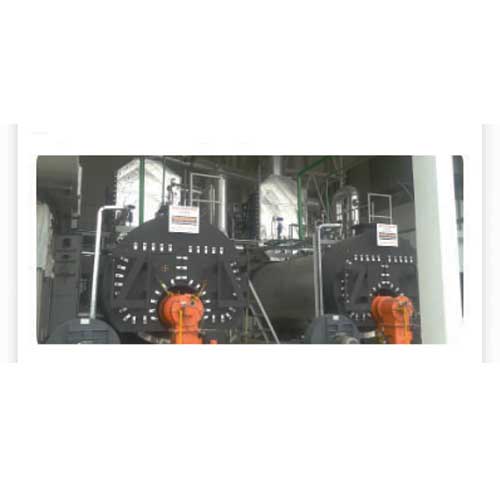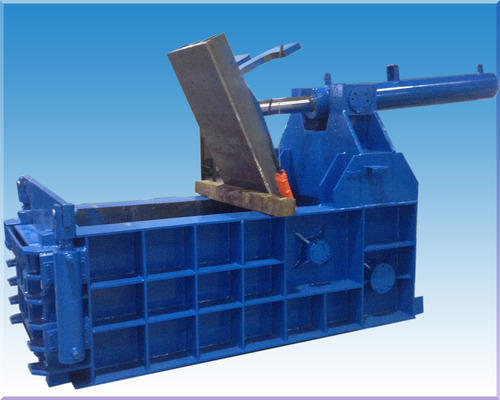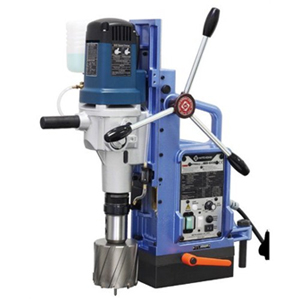Schedule a Call Back
The Sustainable Manufacturing Wave: Saurabh Patawari
 Articles
Articles- Feb 21,25

- Japan: Renowned for its technological prowess, Japan has been a pioneer in sustainable manufacturing. Its industries have implemented energy-efficient machinery and strict waste management practices.
- Germany: The automotive industry in Germany has embraced green manufacturing by developing electric vehicles and reducing production waste.
- Sweden: Known for its closed-loop systems, Sweden uses industrial waste from one sector as raw material for another, demonstrating effective resource recovery.
- Corporate success: Major electronics manufacturers have committed to carbon neutrality by integrating renewable energy and recycled materials into their operations.
Related Stories

Alpex Solar’s Q3 profit surges 423%, expands manufacturing capacity
Alpex Solar also plans an additional 1.2 GW module manufacturing plant and an aluminum frame production facility, both slated to begin operations by December 2025.
Read more
The Sustainable Manufacturing Wave: Saurabh Patawari
Advancing energy storage solutions will enable efficient and widespread use of clean energy sources within industrial settings. This will make it easier for manufacturers to transition from conventi..
Read more
Transforming Industrial Production: Khushboo Doshi
The industry is seeing a significant shift toward circular economy principles, with manufacturers developing technologies that support the processing of recycled materials and the production of sust..
Read moreRelated Products

Power Conversion Systems
POM Systems & Services Pvt Ltd offers a wide range of
PCS power conversion systems energy storage.

Hot Water Generators
Transparent Energy Systems Private Limited offers a wide range of Hot water generators - Aquawarm Superplus.

Scrap Baling Press
Fluid Power Machines offers hydraulic scrap baling press. Read more












